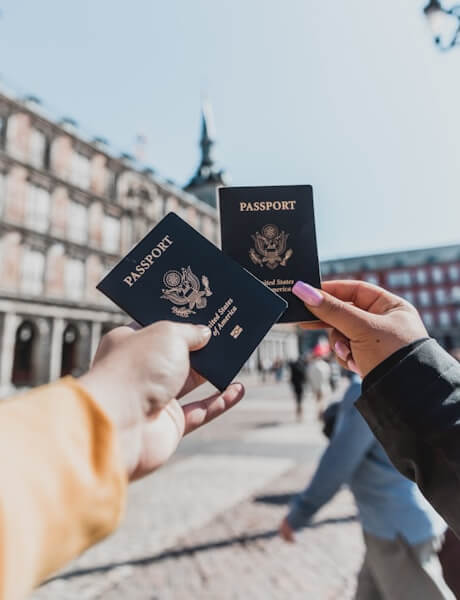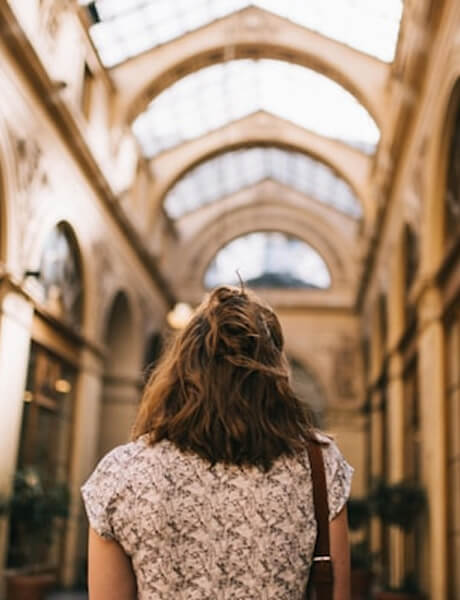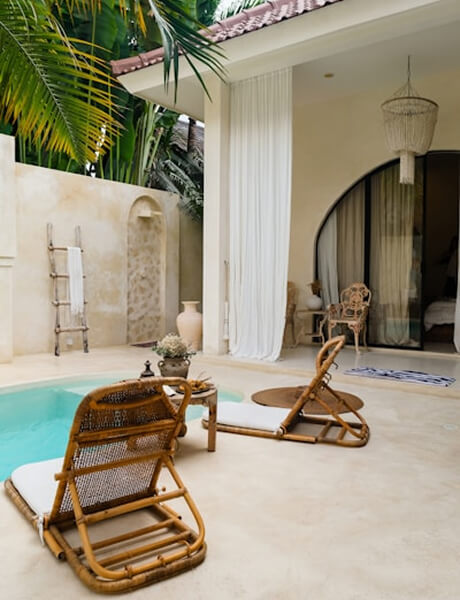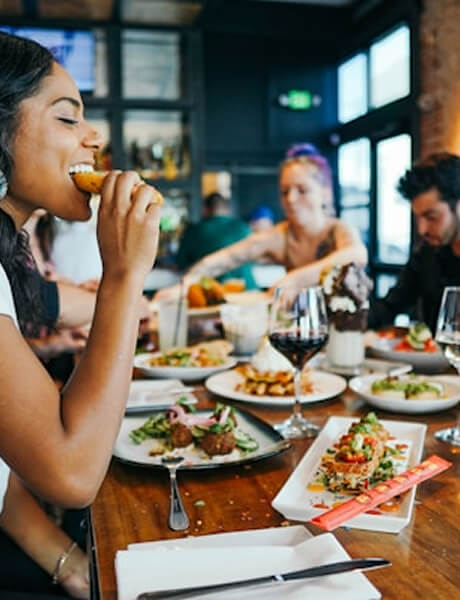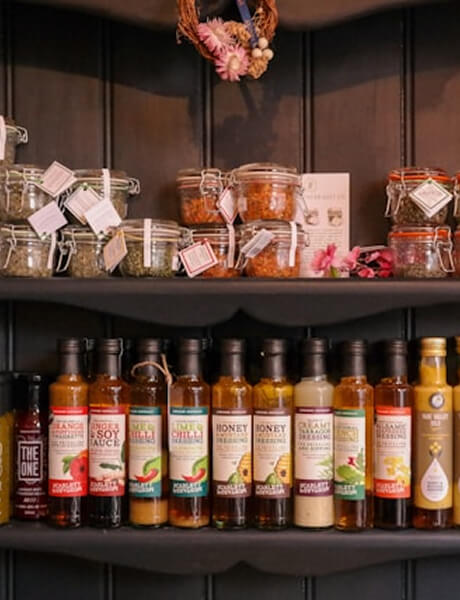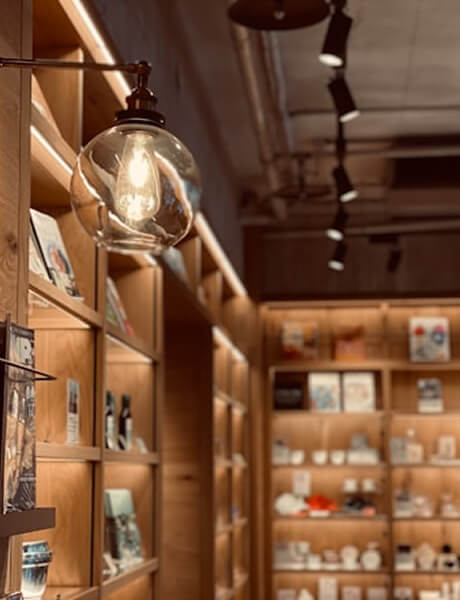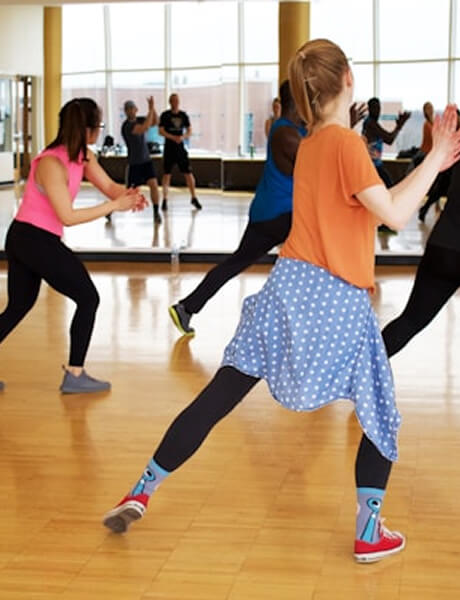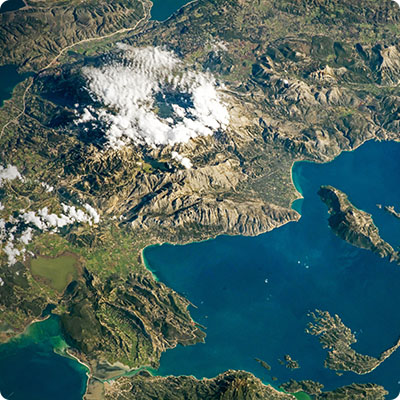
Travel guide Espagne
The best time to go en Espagne
Practical information for travel en Espagne
Get your travel guide: PAYS BASQUE / NAVARRE - RIOJA

Where to go en Espagne?
The most beautiful tourist sites
Other en Espagne destinations
Régions
Départements
Zones touristiques
Petit Futé's best addresses en Espagne
Discover the most beautiful addresses selected by the authors of Petit Futé.
Featured articles d'Espagne

What to do and see in Cadiz in 2 or 3 days? Itinerary tips in 2025
Published on 08/10/2025 Activities and experiences
Two days in Cádiz is a short time... but what a treat! So, to prolong the pleasure, we even went for an extended weekend of 3 days. This Andalusian gem is bursting with energy and charm. Here we...

Where to celebrate Halloween in theme parks? Top 11 best places in 2025
Published on 07/10/2025 Activities and experiences
Autumn is here and you're shivering, not from the cold, but because one of your favourite holidays is back: Halloween. And what better way to celebrate than at an amusement park with your family?...

What to do and see in Salamanca in 2 or 3 days? Itinerary tips in 2025
Published on 07/10/2025 Activities and experiences
View of Salamanca © manjagui - Adobe Stock If, like us, you enjoy discovering ancient cities that have managed to retain their beauty of yesteryear, welcome to Salamanca! Located in the north of...
How to travel en Espagne
How to go alone
It is very easy to travel alone in Spain, as the road, rail and air transportation networks are very well developed. In addition, Spaniards are friendly and easy to talk to and the country has a level of security similar to France. However, beware of pickpockets in tourist areas and large cities, especially Barcelona and Madrid. Remember to make reservations well in advance during the summer and holiday periods.
How to go on a tour
The French love to spend their vacations in Spain. Many tourist circuits are proposed there. The territory being immense, one will most often privilege a thematic approach: hiking circuit, seaside circuit, mills circuit or mountain bike circuit. To visit a region during your stay in Spain, count on a minimum of 15 days. City trips can also be proposed for three to four days in one of the major cities.
How to get around
If you want to visit the major Spanish cities, you can take advantage of a good and inexpensive public transportation system. Trains vary in frequency and punctuality of arrival. As for buses, Spain has a very good network, better than France. Several companies are now competing for the sky with promotions and discounts, notably Vueling and Iberia. Finally, with more than 2,000 km of toll highways, the Spanish network is rather well developed and of good quality.
Book your next trip with Kayak
Travel en Espagne
Ideas for holidays and week-end breaks en Espagne
Each region of Spain can be visited in a short stay of one week, or even two weeks like Andalusia. And cities such as Madrid, Barcelona or Granada alone justify a trip to Spain. Here are some suggestions if you are short on time. In one week you can discover Castile, the cradle of the Spanish Golden Age. By visiting Madrid, its superb Prado or Reina Sofia art museums, its nerve center of the Puerta del Sol and its ever-changing movida. Then Toledo, capital of Spain until the 16th century, and Salamanca, a university and cultural center. If you have a month, your tour will take you to Andalusia (Cordoba, Granada, Seville...), to Extremadura or to the northern coast, to meet Santander or San Sebastián. The route of the "pueblos blancos" or the Rioja wines are good thematic approaches to this country.
Services
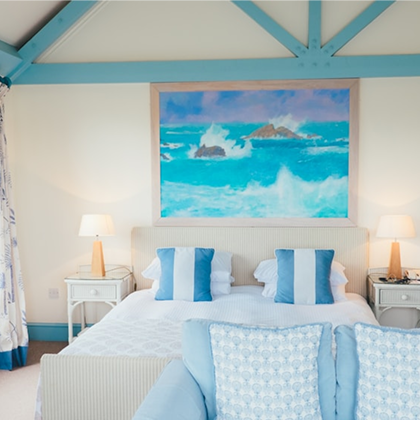
Find a hotel with Booking.com

Rent a car with Bsp-auto
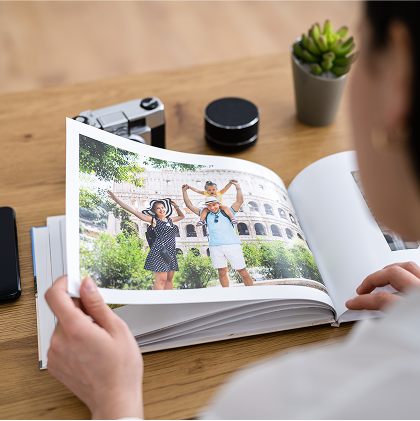
Create a blog and travel journal
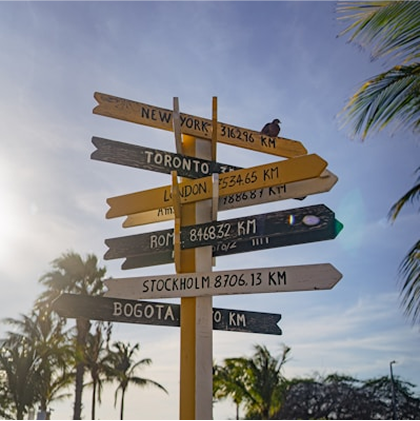
Find an agency with Quotatrip
Find unique holiday offers with our partners
Discover l'Espagne
A real biker's guide, this booklet will help you to understand the different notions to live your passion at its best, whatever your level, whether you are a simple beginner in the field of two wheels or an experienced biker. After a few preliminaries, you will find several files ranging from the different motorcycle models - and the recommended models according to your use - to the recommended equipment for your bike as well as the essential accessories for any self-respecting biker. Without ever skimping on safety, we will show you how to best prepare your trip with the preparations and guidance tools for maximum comfort. Finally, the last pages will allow you to find the specialized press. So let's go!
The 12 keywords en Espagne

Abanico
From spring onwards, you will observe the art of handling theabanico, fan, on public transport and in the street. It's a great thing to do when the temperature rises above 30°C. It is the must-have souvenir to bring back from Spain. With prices ranging from a few euros to higher prices for models made of fine lace.

Castanets
The experts make them clap in the hand to produce a particular sound. Introduced in the 17th century, they were used to accompany a dance, the fandango, which was forbidden by the Church at the time. They owed their great popularity to the flamenco and Sevillana of the last century. Today they are still used for shows.
Chiringuito
It is a bit the equivalent of our beach huts. Brought back from Cuba by the Indianos, Spaniards who left to make their fortune in the New World, they developed in the 60s and 70s following the tourist boom and have been regulated since 2014. They will accompany your stays on the coast, with the right amount of drinks and food.
Gente (the)
The tabloid press plays an important role in the daily life of Spaniards, as evidenced by the circulation of the indispensable Hola (nearly 500,000 copies per week) and the daily programming of the "Corazón" section on a public channel. It follows the gente (the people), footballers, top models, bullfighters or royal families.
Marcha
The marcha is linked to the party. Ir de marcha or salir de marcha means to go out and have fun all night long. As a group, Spaniards start the evening by going from bar to bar. Traditionally, everyone buys a round. When the night is well underway, they join the discos. And the after party ends in the morning with chocolate con churros.
Movida
This movement emerged in Madrid at the end of the 70s. Initially clandestine, it developed in the 1980s in parallel with the advent of democracy. It was marked by a profusion of avant-garde works in all areas of creation, represented by the singer Joaquín Sabina and the filmmaker Pedro Almodóvar.

Once
You will come across many kiosks or street vendors working for the National Organization of the Spanish Blind (ONCE), which organizes the lotto to finance infrastructure for the blind and disabled. The Spaniards are very gambling, but the best is the gordo, whose draw on December 22 is followed throughout Spain.
Semana Santa
April marks the beginning of Holy Week in all of Spain, which varies from region to region, being more austere in the north and more noisy and colorful in the south. On this occasion, you will see huge pasos(portable altars) representing Christ or the Virgin, abundantly decorated and decorated with flowers and followed by the procession of penitents.

Tapas
Born in Andalusia, this practice of covering the drink with a small plate(tapa) with some food has spread throughout Spain. And today, Ir de chatos, ir de pinchos, ir de tapeo, are all expressions to designate the same practice: to meet around a drink and chat with friends. Around 2pm or around 8:30pm.

Turrón
This time it is a product that has spread throughout Spain to become the flagship dessert of Christmas. It is a specialty of the Valencian Community where most of its production is concentrated: a soft nougat of brown color, from Jijona or with a harder texture and based on whole almonds, for that of Alicante.
Uvas
On December 31, a grape, uva, must be swallowed at the stroke of midnight, so that the coming year goes well. Know that they come from the region of Novelda, province of Alicante. Of the Aledo variety, they are wrapped in paper from October so that they are beautiful on the tables and then shipped throughout Spain.
Zarzuela
Born in the middle of the 17th century, it is a kind of operetta where declamation alternated with singing to entertain the royal court. In the 18th century its repertoire was extended to everyday subjects and 19th century Spain used it to affirm its identity. This genre reached its nobility with the masterpieces of Bretón and Chapí.
You are from here, if...
You prefer lunch, the comida fuerte, and in the evening it is rather tapeo, but anyway, light, to sleep well.
You like to take your time and you are not fussy about schedules.
You take a nap as soon as the heat arrives and you rush to the nearest coastal beaches as soon as the weather is nice.
You practice theabrazo. No handshake for you, it's too formal.
You drink your coffee on the rocks(cafe con hielo), in summer because it's a good way to beat the heat.
You ask your friends or family what they will do, not on Easter, but on Semana Santa.
You are a soccer fan, and you wear your club's colors without missing a single game.
You eat churros con chocolate, but only in winter, unlike tourists who eat them all year round.
You are a player and never miss the TV broadcast of the Gordo draw on December 22.










